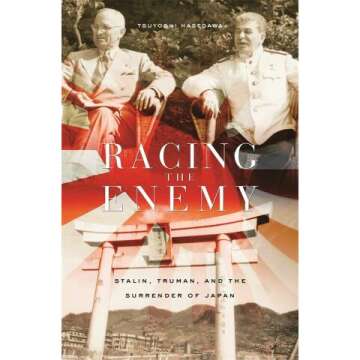The End of German Occupation in the Netherlands
On May 5, 1945, General Johannes Blaskowitz formally surrendered the remaining German troops in the Netherlands to the Allies, marking a significant moment in the liberation of Western Europe from Nazi control. The surrender not only confirmed the defeat of German forces but also symbolized the end of a dark chapter of wartime occupation that had lasted for five years.
Following the defeat of Germany, the Allies, including forces from the United Kingdom, Canada, and the United States, were making swift progress in reclaiming occupied territories. The Dutch population, weary from war and hunger due to Nazi policies, eagerly awaited liberation. As the troops moved deeper into the Netherlands, Dutch resistance fighters played a crucial role in undermining German control, leading to a more rapid capitulation of enemy forces.
The Role of General Johannes Blaskowitz
General Johannes Blaskowitz was a senior commander in the German Army and was tasked with overseeing military operations in the Netherlands. His leadership during the final days of the war was marked by an understanding of the futility of further resistance. Opting to spare his troops unnecessary bloodshed, he led the formal surrender negotiations with the Allied forces, which contributed to a relatively smooth transition in the region.
The Allied Forces' Strategy
The successful surrender in the Netherlands was the culmination of extensive military operations by the Allied forces, including the notorious Operation Market Garden and the liberating efforts of the Canadian Army. Their comprehensive strategy disrupted German communications and strengthened allied morale, leading to effective advancements throughout the late stages of the war.
Impact of the Surrender
The surrender of German troops had profound implications for the Netherlands and the broader European landscape post-war. Citizens of the Netherlands, who had endured oppression and starvation under Nazi rule, could finally celebrate their freedom, leading to widespread festivities across the country.
Aftermath for the Dutch Population
After the surrender, the focus shifted towards rebuilding and recovering from years of conflict. The Dutch populace faced a significant challenge in restoring their lives and communities following the devastation. The national sentiment was one of relief mixed with the mourning of losses endured over the occupation.
The International Response
Internationally, the surrender served as a beacon of hope and a symbol of the Allied victory over tyranny. It bolstered the resolve of other nations still grappling with Nazi occupation across Europe, emphasizing that liberation was attainable and spurred alliances in the pursuit of peace.
Fun Fact
Blaskowitz's Unique Legacy
Despite being a Nazi officer, General Johannes Blaskowitz was known for his opposition to Hitler's more extreme policies, often advocating for humane treatment of civilians in occupied territories. This complex legacy adds a layer of depth to his role in the 1945 surrender.
Additional Resources
Recommended Reading on World War II in the Netherlands
For those interested in a deeper exploration of this historical episode, consider reading "The Dutch Boy: The True Story of a Teenage Hero's Escape from the Nazis" and "The Siege of the Netherlands: The Forgotten Front of World War II". These books offer insights into the Dutch experience during the war and the eventual liberation.














































































































































































































































































































































































































































































































































































 Continue with Google
Continue with Google